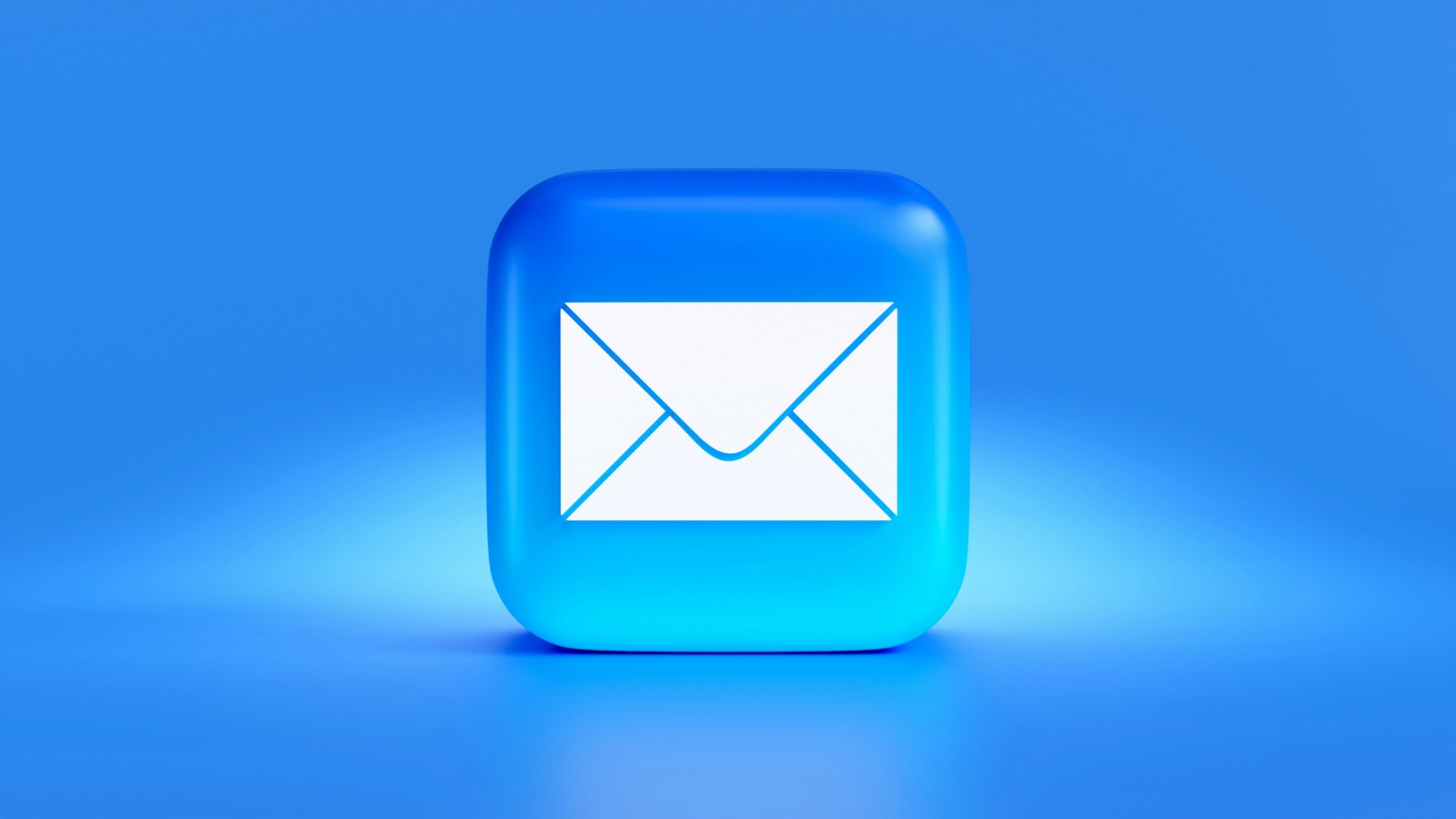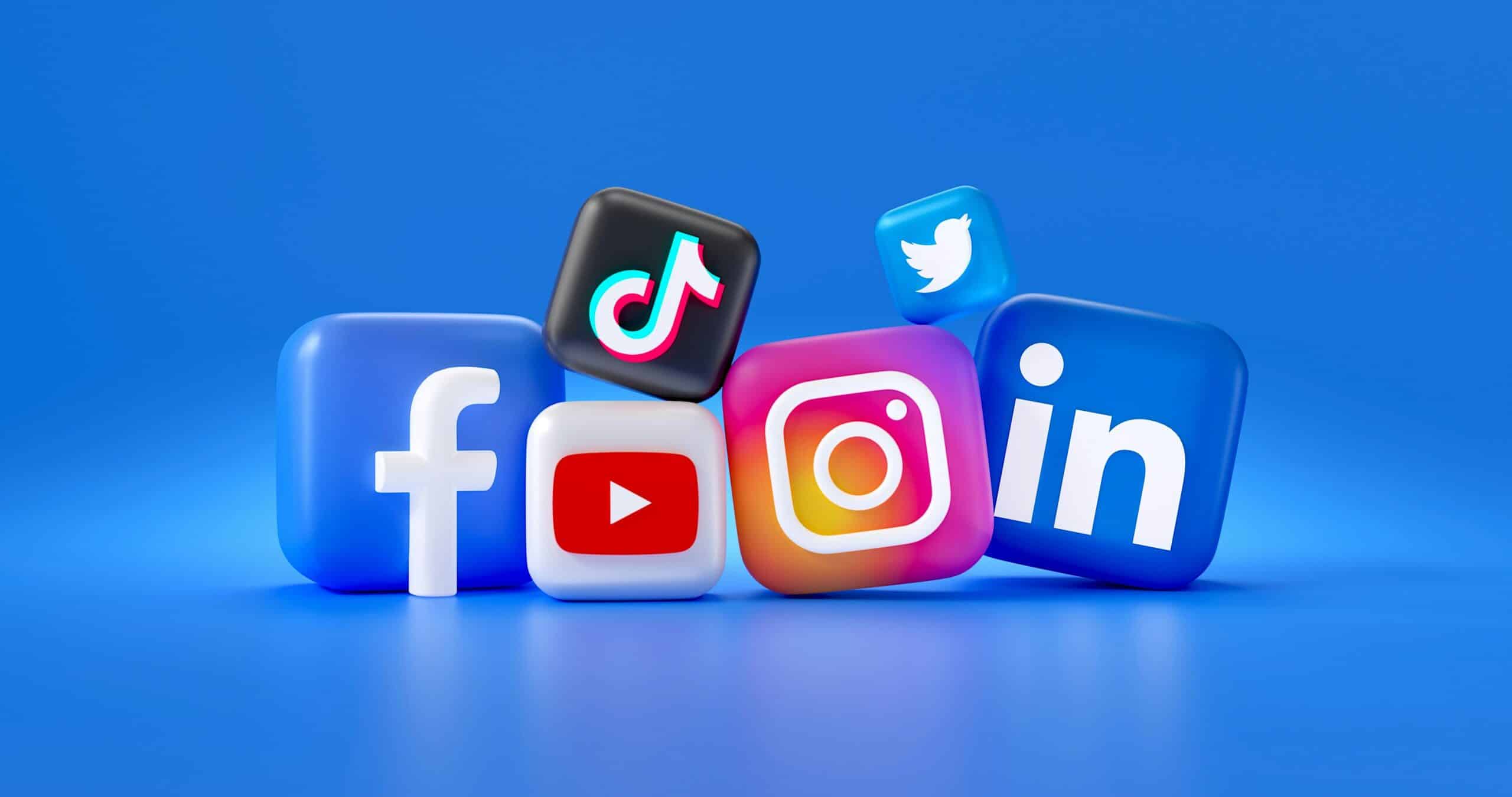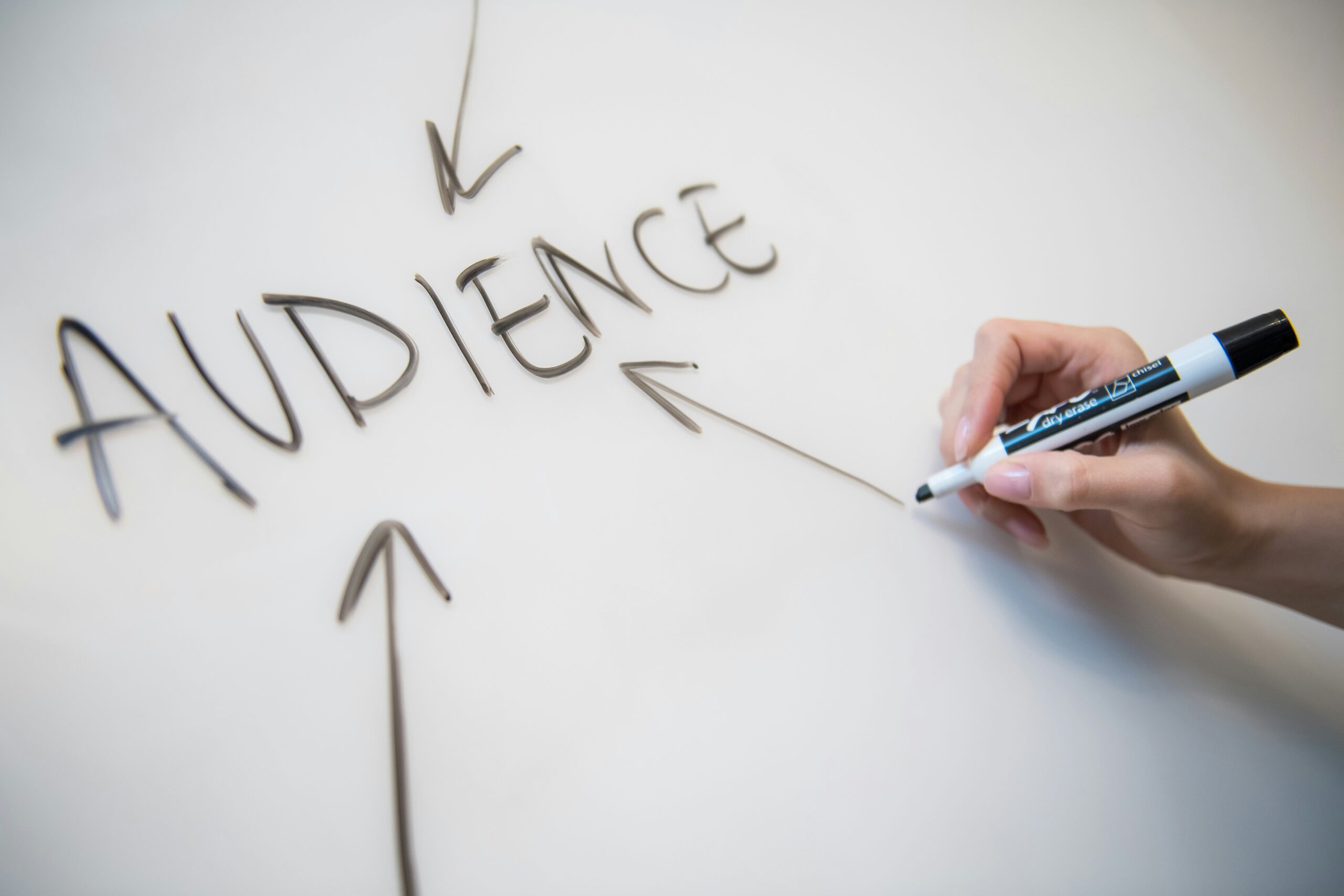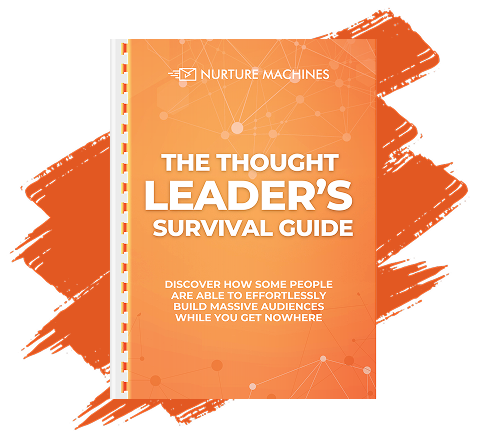In today’s competitive digital landscape, generating qualified leads requires more than just a good website and basic outreach. Businesses must build intelligent systems that automate, personalize, and scale lead engagement. At Nurture Machine, we help companies transform fragmented marketing efforts into synchronized, high-performing strategies. From behavior-based segmentation to CRM-powered workflows, smart automation enables teams to nurture leads with precision. This blog breaks down the most effective lead generation techniques that blend performance, technology, and personalization. Learn how to streamline acquisition while converting more prospects with less manual work.
Key Takeaways
- Integrated automation and segmentation help businesses attract high-intent leads efficiently.
- Content marketing becomes a lead engine when paired with dynamic personalization and behavioral triggers.
- Email and social media automation ensure timely, relevant engagement across all funnel stages.
- Lead scoring, lifecycle workflows, and smart forms optimize conversions without overwhelming teams.
- Platforms like Nurture Machine provide the infrastructure needed to scale lead generation sustainably..
What Are the Most Effective Lead Generation Techniques for Businesses?

The most effective lead generation systems today are built on integration, automation, and real-time data. Rather than relying on isolated efforts, modern strategies connect various touchpoints into one seamless journey. By combining personalized content, behavioral segmentation, and multi-channel delivery, businesses can drive consistent lead flow while improving conversion rates. Automation handles the complexity of timing, channel coordination, and message relevance. A data-informed approach ensures that campaigns adjust dynamically to user behavior and market shifts.
Use Behavioral Targeting to Attract the Right Leads
Behavioral targeting allows marketers to personalize interactions based on user actions like website clicks, email opens, or time spent on pages. This ensures campaigns are relevant from the first touchpoint. Targeted messaging reduces bounce rates, improves engagement, and directs high-fit prospects toward conversion.
Automate Omnichannel Campaigns for Wider Reach
Omnichannel automation ensures consistent messaging across email, SMS, web, and push notifications. Automated triggers—like cart abandonment or form downloads—can launch tailored workflows across multiple platforms. This seamless integration improves response rates and meets prospects where they’re most active.
Use Lifecycle Campaigns to Guide Prospects Forward
Lifecycle automation aligns marketing content with a lead’s readiness to buy. Cold prospects receive educational content while hot leads get offer-based messaging. As leads progress, automated nurturing keeps them engaged without requiring constant manual oversight.
How Does Content Marketing Drive Lead Generation?

Content marketing, when automated and segmented, becomes a scalable engine for lead capture. Dynamic content adapts to user needs and intent levels, delivering value that encourages deeper engagement. Rather than acting as a static resource, modern content plays an active role in attracting, educating, and converting. Tools like lead magnets, SEO-optimized pages, and triggered content allow businesses to collect user data and guide visitors along personalized paths. The focus is not just reach—it’s relevance and responsiveness.
Deploy Smart Lead Magnets with Automated Follow-Up
Offer tools, guides, or checklists gated behind simple forms, then launch automated follow-up emails the moment users convert. This creates a hands-free nurturing flow while collecting segmentation data. High-value content builds trust, while automation ensures sustained interaction beyond the initial download.
Optimize Blog and Resource Pages for Intent Signals
Monitor how users interact with content—scroll depth, time on page, and link clicks—and trigger next-step offers accordingly. This reactive setup delivers CTAs that align with real-time interest, helping to qualify and capture more leads without interrupting the user experience.
Personalize Content Hubs by Segment or Funnel Stage
Using segmentation logic, display different content recommendations based on a visitor’s demographics, behavior, or funnel stage. This ensures they find material that speaks to their pain points or goals. As engagement deepens, the system collects more data to power even finer personalization.
Why Is Email Marketing Essential for Capturing Leads?

Email remains one of the most efficient tools for lead nurturing, especially when powered by automation. With advanced segmentation, businesses can send the right message at the right time—without manual effort. Emails triggered by behavior create timely touchpoints that keep prospects engaged. From welcome sequences to drip campaigns and reactivation flows, automated emails ensure leads stay warm until they’re ready to convert. Metrics like open rates and click-through rates offer instant feedback on campaign effectiveness.
Launch Welcome Series to Set the Tone Early
The moment someone subscribes or downloads a resource, a personalized welcome sequence should begin. These emails introduce your brand, share useful resources, and invite further interaction. This first touchpoint shapes long-term engagement and increases the likelihood of return visits.
Build Automated Drip Campaigns for Ongoing Engagement
Use scheduled, segmented emails that provide value over time—educating leads and reinforcing trust. These can include success stories, service spotlights, and how-to guides tailored to each user’s interest. As they engage, leads are automatically advanced to the next stage of the funnel.
Use Engagement Metrics to Optimize Delivery
Monitor metrics like open rate, click rate, and time between interactions to adjust timing, subject lines, and offers. A/B testing allows continuous improvements, while automated workflows reduce waste and surface the highest-performing email structures for scaling results.
How Can Social Media Marketing Boost Lead Acquisition?

Social media, when integrated into your automation stack, becomes a powerful top-of-funnel lead source. It helps build awareness, capture engagement data, and retarget warm users. With the right setup, actions taken on social platforms can automatically trigger internal workflows. This reduces response delays and increases relevance. Campaigns driven by interaction—comments, clicks, or ad views—can feed leads directly into nurturing sequences. The key is in automation: let systems respond while you focus on strategy.
Retarget Engaged Users with Funnel-Driven Content
Track clicks, likes, and video views to build custom audiences for retargeting. Serve tailored content that matches a user’s previous interaction and campaign stage. This ensures follow-ups are both timely and highly relevant, leading to stronger conversion potential.
Use Social Ads to Feed Automated Lead Funnels
Run targeted ads connected to landing pages with embedded lead forms. Once submitted, leads are automatically funneled into the appropriate email or SMS sequence. This real-time handoff maximizes ad spend and increases lead responsiveness from the moment of contact.
Capture Leads via Integrated Chatbots and Forms
Deploy chatbots on social channels that ask qualifying questions and capture contact info directly. These leads are then scored and routed through workflows based on their responses. Automation enables 24/7 responsiveness and ensures all interactions are tracked for future use.
How Do Landing Pages and Lead Capture Forms Improve Lead Conversion?

Landing pages and lead capture forms are essential tools for conversion—but their power grows exponentially when paired with automation. Rather than serving as static pages, they become dynamic entry points that segment leads and assign them to personalized nurturing tracks. High-converting forms are concise, frictionless, and optimized for mobile. Once submitted, the system instantly scores the lead, launches a workflow, and delivers a relevant follow-up. This removes manual bottlenecks and accelerates lead processing.
Keep Forms Short and Contextual for Better Conversion
Limit forms to essential fields based on the page context. Use progressive profiling to capture more details over time. This lowers the initial barrier and encourages more users to engage while still collecting enough data to begin smart segmentation.
Trigger Instant Responses Upon Form Submission
Once a user completes a form, an automated system should immediately deliver a thank-you message, resource, or welcome email. This reinforces value and keeps engagement high. Delays kill momentum—automation ensures no lead goes cold after conversion.
A/B Test Layouts and CTAs to Improve Performance
Regularly test different headline styles, form placements, and button language. Automation tools can segment traffic and compare results in real time. Insights from testing feed directly into future design updates, improving conversion rates with every iteration.
How Does Lead Scoring Enhance Lead Qualification?

Lead scoring empowers teams to prioritize their efforts based on actual engagement data. By assigning values to specific actions—like email clicks, page visits, or downloads—marketing automation platforms highlight which leads are most likely to convert. This avoids wasted time on cold contacts and ensures that follow-up is directed where it counts. When paired with real-time scoring updates and integrated workflows, this system keeps your sales pipeline full of high-intent opportunities that are ready for outreach.
Assign Points to Behavior That Indicates Intent
Lead scoring systems track behaviors like form fills, webinar signups, or pricing page visits. Each action earns a weighted score that reflects a lead’s buying intent. As these scores accumulate, the system knows when to shift a contact from marketing to sales, ensuring perfect timing.
Use Demographic Filters for Better Precision
Along with engagement signals, demographic data like company size or job role helps refine scores. Combining these two layers creates smarter prioritization—ensuring only the most relevant, qualified leads make it through to sales outreach. Automation tools update this data in real time.
Trigger Actions Based on Score Thresholds
When a lead reaches a certain score, automated workflows can send alerts to the sales team, launch new email sequences, or update CRM statuses. These triggered actions ensure a fast, personalized response while reducing manual coordination between teams.
How Can Marketing Automation Streamline Lead Nurturing and Follow-Up?

Marketing automation takes the guesswork out of nurturing. It ensures every lead receives the right message at the right time, without relying on manual inputs. Whether a contact downloads a guide or clicks an email link, automated systems trigger personalized responses that align with their behavior. These tools allow marketers to scale communication without losing precision, delivering consistent experiences that build trust and move leads down the funnel efficiently.
Create Branching Campaigns Based on User Actions
Build decision trees that adjust campaign paths depending on how users engage. A lead who clicks a pricing page receives more product-focused content, while others get educational material. This branching logic keeps every interaction relevant and intentional.
Eliminate Manual Tasks with Pre-Built Sequences
Once campaigns are created, they run on autopilot—sending follow-ups, assigning scores, or updating CRM entries. This eliminates repetitive work and ensures nothing falls through the cracks. Campaigns can run 24/7, generating leads while your team focuses on strategy.
Use Alerts and Tags to Signal Readiness
Automation tools can apply tags or send internal alerts when a lead is ready for sales. These signals prompt timely outreach while maintaining a smooth handoff between departments. Tags also help segment future campaigns based on previous behaviors.
Frequently Asked Questions
How do integrated lead generation strategies help businesses grow?
Integrated strategies unify content marketing, social media, and email outreach into one seamless system. This ensures that every channel works together to guide leads from awareness to conversion. By automating workflows and tracking user behavior, businesses can deliver personalized experiences at scale, reduce drop-offs, and consistently build trust. This alignment maximizes ROI and keeps the sales pipeline full of qualified prospects.
What are the primary benefits of using marketing automation in lead generation?
Marketing automation streamlines follow-ups, segments audiences, and delivers behavior-based messaging—all without manual intervention. Tools like Nurture Machine enable businesses to automate multi-step campaigns, improve lead qualification, and maintain consistent engagement across channels. This not only saves time but also increases conversion rates by delivering the right message at the right time.
Why is optimizing website content for lead generation keywords important?
Optimizing for lead-focused keywords improves visibility in search engine results and drives more qualified organic traffic. Content that’s aligned with user intent attracts visitors actively looking for solutions, making them more likely to convert. When combined with behavioral tracking and content-based triggers, it supports automated follow-up and better segmentation.
How does local SEO contribute to high-quality lead acquisition?
Local SEO ensures businesses appear in search results when nearby users seek products or services. Tactics like optimizing Google Business profiles, using location-specific keywords, and collecting local reviews increase visibility and trust. Leads acquired through local search often convert faster due to proximity, relevance, and urgency.
What role do reporting dashboards play in optimizing lead generation campaigns?
Dashboards provide real-time insights into campaign performance tracking metrics like open rates, conversions, bounce rates, and CPL. With Nurture Machine’s built-in reporting tools, marketers can identify trends, spot underperforming areas, and make immediate adjustments. These analytics drive smarter decisions and ensure ongoing improvement in lead quality and volume.
Conclusion
Sustainable lead generation doesn’t come from scattered tactics—it stems from cohesive, data-driven systems. With Nurture Machine, businesses can unify their marketing and sales efforts through automation, behavioral targeting, and real-time insights. These strategies empower teams to capture more leads, nurture them at scale, and convert them efficiently. From triggered emails to dynamic content delivery, each interaction becomes an opportunity for growth. The result is a faster, more reliable lead pipeline and measurable ROI. Ready to transform your lead generation strategy? Nurture Machine makes it possible.






